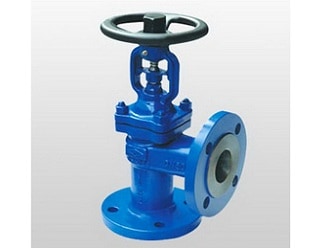Learn all about the benefits, applications, types, and automation of valves
Different equipment and machines are used in different industries to run different processes efficiently and smoothly. One of these devices widely used in most industries for process control applications is the control valve. There are different types of these valves, with different structures, physical properties, properties, and applications.
A stuffing box should be placed between the cap and the stem to prevent liquid from leaking out of the cap. The ideal packing should be elastic, low coefficient of friction, chemically inert, and electrically insulating so as not to form a galvanic bridge with the stem, which causes corrosion of valve components.
However, the main purpose of this industrial equipment is the same. Control the flow of fluid by adjusting the flow path using a controller. These are considered very important assets for the process control industry. Because of the many benefits they offer. Are you curious about what these benefits are? Read the following post. It focuses on the various benefits that make the control valve special.
Control valve benefits, applications, types, and automation
Benefits of popularizing control valves in most industrial applications
Over the years, the Swing check valve has become immensely popular in a variety of industries. Here are some of the amazing benefits of these process control valves:

Direct benefits
Easy to install-The most basic but important advantage of process control valves is that they are easy to install.
Automatic operation-This is another important advantage. These valves can be operated automatically. This means eliminating the operator's reliance on opening and closing valves.
It helps prevent clogging. Control valves are designed so that the flow of fluid through them is not blocked. This means that these devices are not clogged.
Indirect benefits
Ecological solution: The use of control valves significantly reduces the waste of natural resources. This helps meet global green standards and makes these valves a green solution.
Saving device-You can save water by using the plug valve. This can save a lot of water and sewage charges for large industries.
Various types of control valves
There are different types of control valves, depending on the application in which they are used:
- Ball valve
- Plug valve
- Globe valve
- Gate valve

Applications that use control valves
These are some of the most common applications of control valves in various industries.
- Compressor anti-surge system
- Pump protection service
- Pulp and paper mill
There are some advances in the technology used in most industries today, affecting control valves. Valve automation is becoming more and more common today because it simplifies the overall operation. You can consult the manufacturer or service provider for more information on automatic control valves. One such veteran control valve manufacturer familiar with this trending concept of valve automation is the transmitter shop. The company is known for providing reliable and cost-effective solutions to valve-related requirements.
Hope you learn a lot now about the valves after reading this article. It helps you to increase your knowledge about the valves.